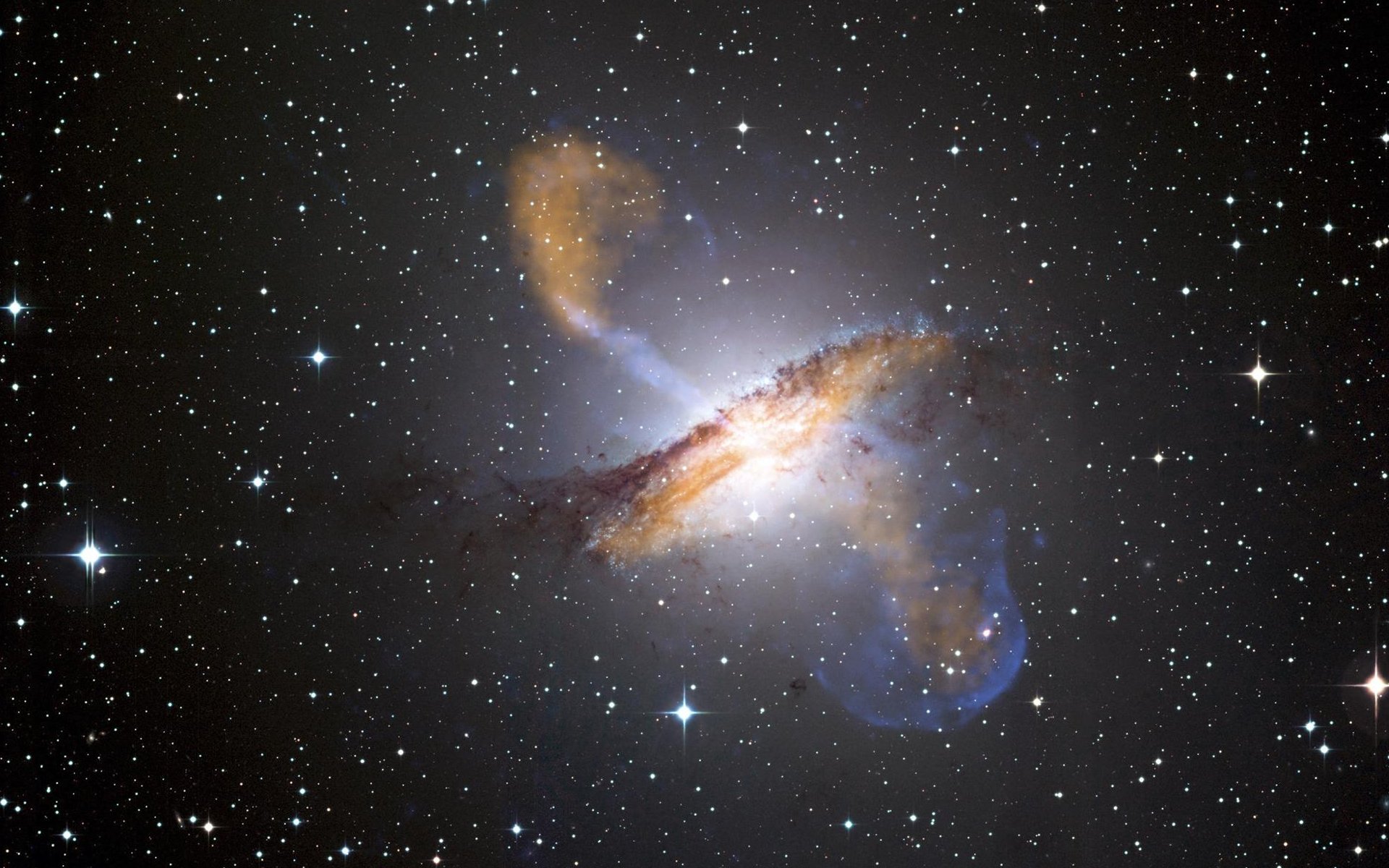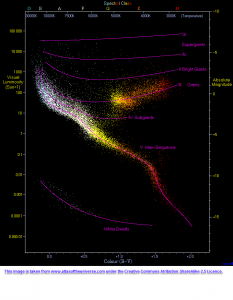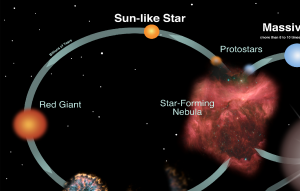What are Star Classifications
Have you ever wondered about star classifications ? Stars are classified based on their temperature, but started out being based on only their spectra. This classification process started in the 1890s by Edward Pickering at Harvard and was finished in 1901 by Annie Cannon, who worked for Pickering.
Cannon reorganized what Pickering started in the classification that we know today. The classification is as follows "O B A F G K M" that goes from the hottest stars to the coolest stars. These classifications are further subdivided in categories "0-9" where 0 refers to early in that star and 9 refers to a late type of star.
This classification is now called the Harvard Spectral Classification. Type O stars and Type B stars are both blue-white hot stars, but Type O stars are the hottest stars. Type A stars are white stars that give off Balmer absorption lines in early A stars. Type F stars are yellow-white stars. Type G stars are yellow stars like our Sun.
Type K stars are cool orange stars, whose spectra is dominated by metal absorption lines. Type M stars are cool red stars, whose spectra is full of molecular absorption lines. The Sun is classified as a Type G2 star with a surface temperature of 5777 Kelvin. These spectral classes also relate to the surface temperatures of the stars.
The Hertzsprung-Russell Diagram
The Hertzsprung-Russell diagram, commonly called the H-R diagram, is a diagram that plots the stars luminosity (or brightness) versus their spectral classifications, which relate to their temperature. Another view of this diagram with a description is located at EnchantedLearning.
Stars have several luminosity classes: Ia, Ib, II, III, IV, V, VI, D. The chart below describes the different classes of luminosity, while the H-R diagram above shows where the different classes are located.
Life Cycles of Stars
Stars and their life cycles are produced from the collapse of large clouds of dust within nebulae that are called molecular clouds. This collapse can be initiated by the shock waves of a supernova or by gravity of objects/stars close to the cloud. The collapse of the cloud creates "protostars," which are similar to stars, yet they lack the heat at the core to star the nuclear reactions need for a star.
There is quite a bit of math relating to gravity, the velocity of the material around the protostar, and the size of the cloud, but that would be too involved for just an overview of stars. As the protostar collapses the material close to the center flattens into a disk and it becomes even hotter.
If the protostar does not have enough mass to start the nuclear reaction process, then it will contract because of it's gravity and become a brown dwarf. If the protostar has enough mass for nuclear reactions at the core, then the disk of material will continue to spiral inward.
Many young stars can acquire a magnetic field, which trap material and ejects it at the poles. While this is occurring, the star is still collapsing and can go through a period of instability before it becomes a main-sequence star. The star will then stay on the main-sequence for the majority of its life.
The luminosity and lifetime of the star both depend on the nuclear reactions taking place in the core, which in turn is determined from the mass and composition. All of these factors contribute to star classifications and how they are made.
Main Sequence
Eventually, the main-sequence star will exhaust the hydrogen that causes the nuclear reactions in the core. This causes the star to become unstable and increase in size. The death of a main-sequence star is determined by its mass. Low-mass stars collapse and evolve into black dwarfs. Solar-mass stars become a red giant star, and it becomes more unstable.
This instability causes the outer layers of the star to blow away, which creates a planetary nebula that has a white dwarf at the center. A white dwarf is a small and dense star with a mass similar to Earth. High-mass stars become supergiant stars, which explode in a supernova. After the supernova, the remains can either form a neutron star or a black hole.
Like everything else related to the life of a star, whether it becomes a neutron star or a black holes depends on its mass as a main-sequence star. Neutron stars are small and very dense, which consist of neutrons. The collisions between these neutrons creates a powerful magnetic field that causes beams to emerge from its poles.
A black hole occurs if a star's collapse does not end as a neutron star. This means that the mass of the star going supernova is greater than one that collapses to a neutron star. Black holes have a gravity to them that does not even allow light to escape.
Binary Stars
A binary star is composed of a system of two stars that are orbiting around a common center of mass. It is thought that a vast majority of stars in the universe are part of a binary system (or an even higher-multiple system). The distance between binary stars and their orbital periods vary greatly. Binary stars are classified by how they are detected. The classification is as follows: optical double, visual binary, astrometric binary, eclipsing binary, spectrum binary, and spectroscopic binary.
Optical doubles are not binary systems, instead they are simply stars that appear along the same line of sight. Visual binaries are binary stars where both stars can be resolved independently and their motion is able to be monitored.
Astrometric binaries are binary systems where one star is considerably brighter than the second star. This means it may not be possible to see both stars, but it can be determined by other methods. Eclipsing binaries are located along our line of sight where the stars periodically pass in front of each other. When one star passes in front of another there is light that is being blocked. Spectrum binaries are systems with two superimposed and observable spectra. These stars must have periodic shifts in the wavelengths of all spectral lines for each star.
Spectroscopic binaries are systems where there are periodic shifts in the spectral lines that are observable. For these stars if the luminosities are similar, then both spectra will also be noticeable. However, if one star is much more luminous, then only one set of spectral lines will be seen.

Conclusion
Stars come in a variety of colors and sizes. They are classified based on their temperatures or spectra. Most processes involved in stars depend on the mass of the star. They have several luminosity classes that range from white dwarfs to very bright supergiants. Most stars spend a majority of their lifetime on the main sequence, which is defined by the star going through nuclear reactions at their core that changes hydrogen into helium.
The death of stars are mass dependent; they can become planetary nebula with a white dwarf at core, black dwarfs, neutron stars, or black holes. It is assumed that many stars are part of a binary star system, or an even higher-multiple system. Binary star systems are classified based on how they are discovered, and they could be classified under more than one classification.




.png)

